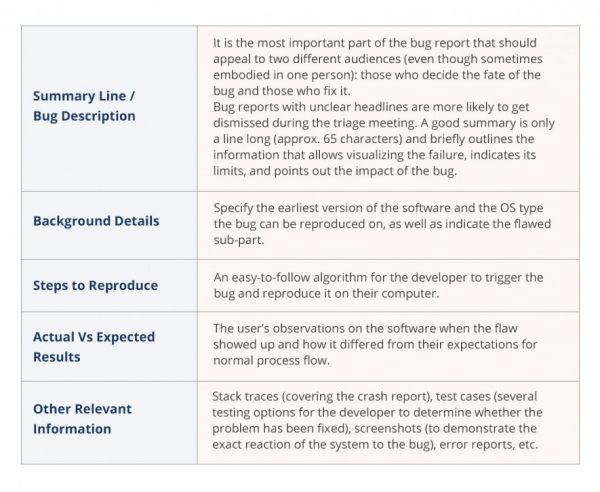
Gamers are an extremely demanding audience. They become ardent supporters of things that managed to impress them as easily as leave reputation killer reviews on every possible social platform.
Gamers demand quality.
This is where Game QA takes the stage.
We, at QATestLab, take games really seriously and urge game developers to do so as well. For this purpose, we have put together an all-in-one game testing cheat sheet with algorithms, testing techniques, and common defects. Let’s not forget that quality does not come easy but is definitely worthy of the effort.
How to become a video game tester?
It sounds like a dream job, but a successful bug hunt takes much more than merely playing the game. There are team leads, requirements, and deadlines to meet. Moreover, it requires competency, experience, and proficiency in writing algorithms, so you can detect in-game defects and clearly define the steps to reproduce them.
The mission of a game tester is to find bugs as early as possible and make sure they get fixed. These defects, or bugs, can be detected in any game area, such as gameplay, graphics, sound, etc. Game QA engineers also need to test the limitations of the product. In simple words, we try to break the game, so developers strengthen all the weak spots.
There are many ways true game aficionados can prepare themselves for a career in game testing. The perfect option would be getting a degree in game design or related fields. Apart from that, one can start by writing game reviews, applying for a volunteer game testing opportunities, or beta testing the software yet to be released.
How do you find bugs in video games?
The game testing process requires implementing some testing techniques not included in traditional software testing.
- Balance testing | game balance means that the easy levels are not too easy while the harder levels are not too hard
- Compatibility testing | the game should be compatible with multiple hardware configurations
- Compliance testing | the game should follow technical standards, be developed and designed as per specifications
- Localization testing | the adaptation and linguistic accuracy of the user interface and in-game content are crucial for global market distribution
- Playtesting | a potential target audience tries out an unfinished project to assess the fun factor and emotional engagement the gameplay creates
- Usability testing | the gameplay mechanisms, including the user interface, should be consistent, flexible, intuitive, and comfortable to use
- Ad-hoc testing | intuitive undocumented testing allows detecting bugs unreachable via structured testing
- Functional testing | it covers all game mechanics, objects, locations, and game engine interactions
- Performance testing | assessment of the maximum possible technical load on the system
- Progression testing | playing the game in a linear way to make sure there are no progression breaks
- Security testing | analysis of the game system for any potential vulnerabilities that could be exploited by cheaters
- Regression testing | there must be no side effects after new feature implementations and old bugs in the current code
What are the most common bugs in video games?
Stability bugs: Freezes, Crashes, and Loading Bugs.
Level-design bugs: Stuck or Sticky Spots, Map Holes, Invisible Walls, and Missing Geometry.
Visual bugs: Clipping, Z-fighting, Screen Tearing, Missing Textures, and Visible Artifacts.
Audio bugs: Audio Drops, Skipping, Distortion, Missing Sound Effects, and Volume Level.
Physics bugs: Dynamic Behavior Inconsistencies, Lack of Breakable Geometry.
Performance bugs: Performance Below the FPS Goals, Long Loading Time, Installation Bugs.
Compatibility bugs: Video Card, Controller, Operating Systems, and Standards Compatibility Bugs.
Networking bugs: Failed or Dropped Connections, Lags, and Scoring Errors.
How do you report the game bug?
Bug reporting is the primary way to inform the developers about the bug that was detected during the testing process. It should involve a high level of detail regarding the ways to reproduce the bug, test evidence, and associated technical risks. The perfect report is explicit, compact, and unique.
The structure of the bug report usually includes the following:

Conclusion
This is just a brief outline of the things a game QA engineer should know. To find more information on this topic, check out our free video game testing guide, available online that contains our top insights for game QA engineers.
Read the guide and learn how to:
- Choose the right technique according to your testing goals
- Detect game bugs in different game areas
- Report your findings like a pro
Download Video Game Testing 101 here.
